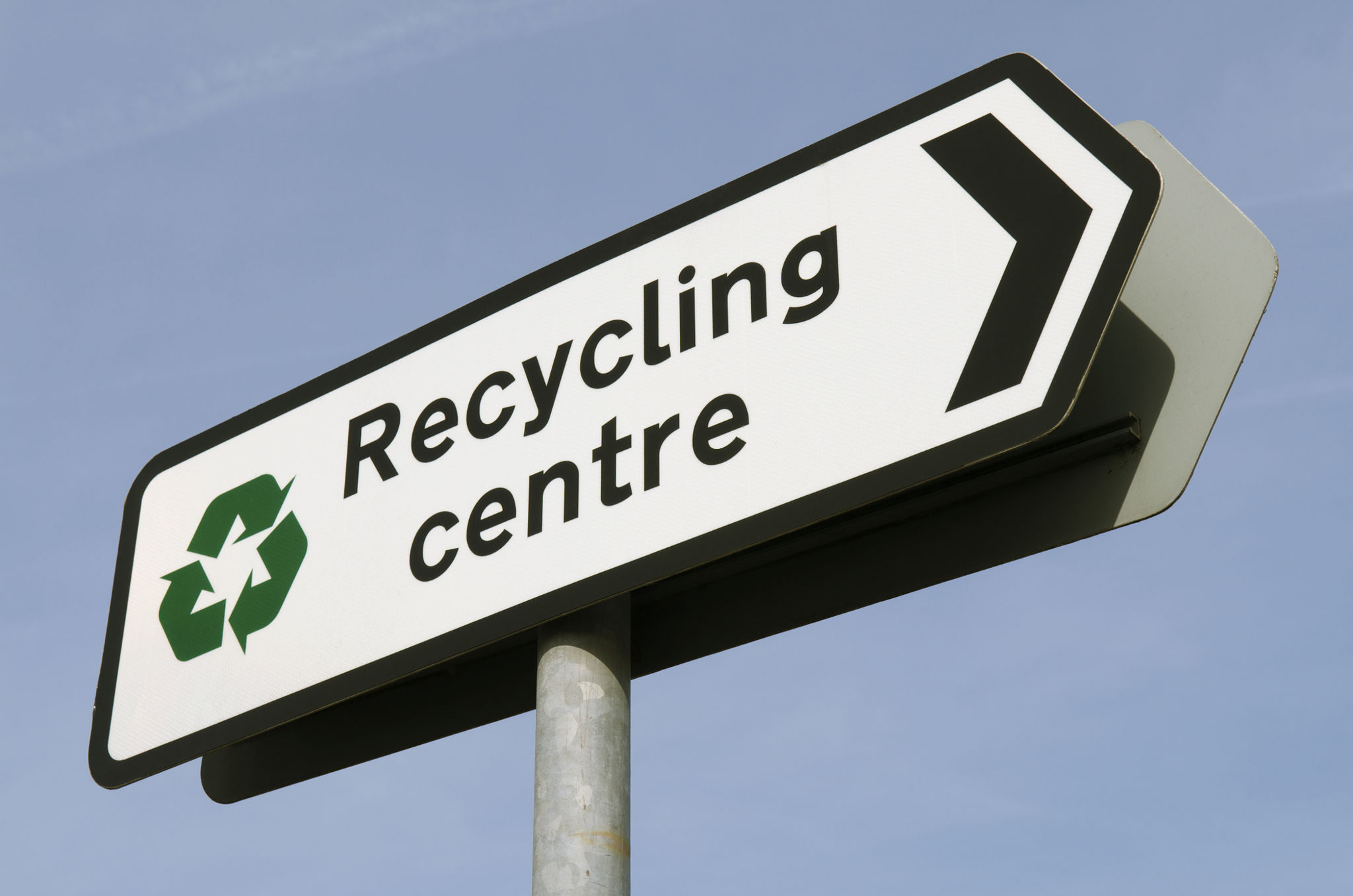Case Study: Successful Hazardous Waste Management Solutions in Metropolitan Manila
Introduction to Hazardous Waste Management in Metropolitan Manila
Metropolitan Manila, one of the most densely populated regions in the world, faces significant challenges in managing hazardous waste. With a growing urban population, industrial activities, and medical facilities, the region generates a substantial amount of hazardous waste, necessitating effective management solutions.
Efficient hazardous waste management is crucial in preventing environmental pollution and safeguarding public health. This case study examines successful strategies implemented in Metropolitan Manila to address these challenges.

Key Challenges in Hazardous Waste Management
Hazardous waste management in Metropolitan Manila is complicated by several factors. The most pressing challenges include:
- High volume of waste generated by industrial and medical facilities.
- Lack of public awareness about proper disposal methods.
- Inadequate infrastructure for waste processing and disposal.
Addressing these challenges requires innovative solutions and strong collaboration between government agencies, private sectors, and local communities.
Innovative Solutions Implemented
To tackle the hazardous waste problem, several innovative solutions have been implemented in Metropolitan Manila:
- Public-Private Partnerships (PPPs): Collaborations between the government and private entities have been instrumental in building efficient waste management facilities.
- Advanced Segregation Techniques: Implementing modern segregation methods at the source helps reduce the amount of hazardous waste that requires complex treatment.
- Awareness Campaigns: Educational initiatives aimed at informing citizens about the importance of proper hazardous waste disposal have significantly improved compliance rates.

Role of Technology in Waste Management
Technology plays a pivotal role in enhancing hazardous waste management. Advanced monitoring systems and data analytics help track waste generation and streamline processing operations. Automation in waste sorting and treatment facilities has led to increased efficiency and reduced human error.
The adoption of digital platforms for reporting and managing waste disposal has further improved transparency and accountability among stakeholders.
Community Involvement and Impact
Community involvement is essential for the success of hazardous waste management programs. In Metropolitan Manila, community-based initiatives have been established to encourage local participation. Residents are encouraged to partake in neighborhood clean-up drives and recycling programs, which foster a sense of responsibility towards their environment.
The impact of these community efforts is significant, leading to cleaner neighborhoods and a more informed public regarding hazardous waste handling.

Government Regulations and Policies
The Philippine government has implemented stringent regulations to manage hazardous waste effectively. These policies are designed to ensure that industries comply with environmental standards and adopt sustainable practices. Regular inspections and penalties for non-compliance serve as deterrents against improper waste disposal.
Moreover, incentives for companies adopting eco-friendly waste management solutions have encouraged more businesses to invest in sustainable practices.
Outcomes and Future Prospects
The comprehensive approach to hazardous waste management in Metropolitan Manila has yielded positive results. There has been a noticeable reduction in environmental pollution, improved public health standards, and increased awareness about waste management practices.
Looking ahead, further developments in technology and continued community engagement are expected to enhance these efforts. The success of these initiatives serves as a model for other urban areas facing similar challenges worldwide.
Conclusion
The case study of Metropolitan Manila demonstrates that effective hazardous waste management is achievable through collaboration, innovation, and commitment from all stakeholders. By implementing practical solutions and fostering a culture of sustainability, urban centers can address the challenges posed by hazardous waste and work towards a cleaner, healthier future.
